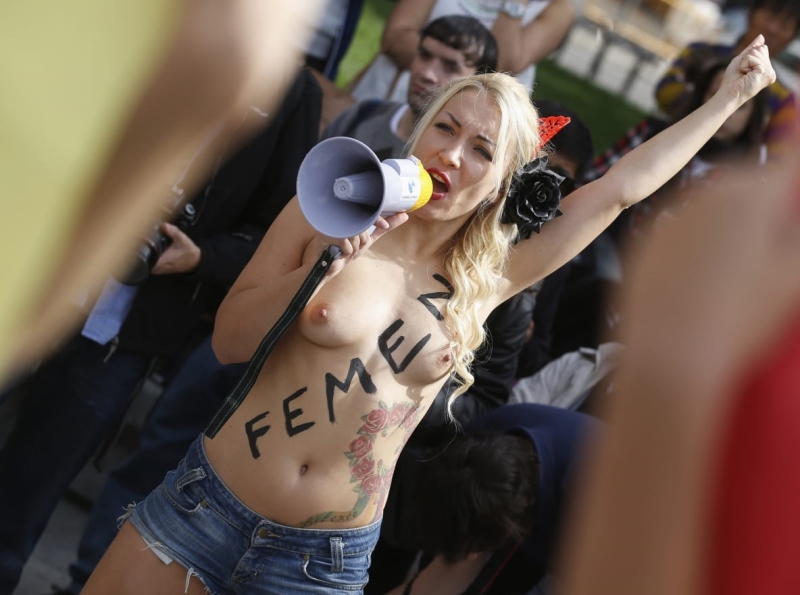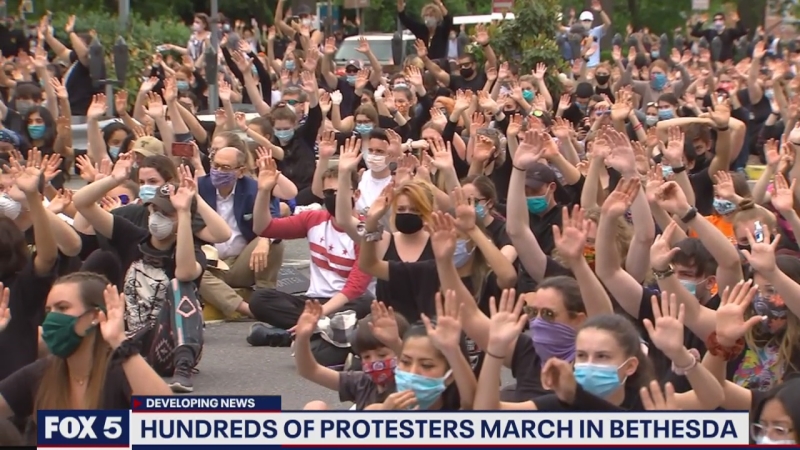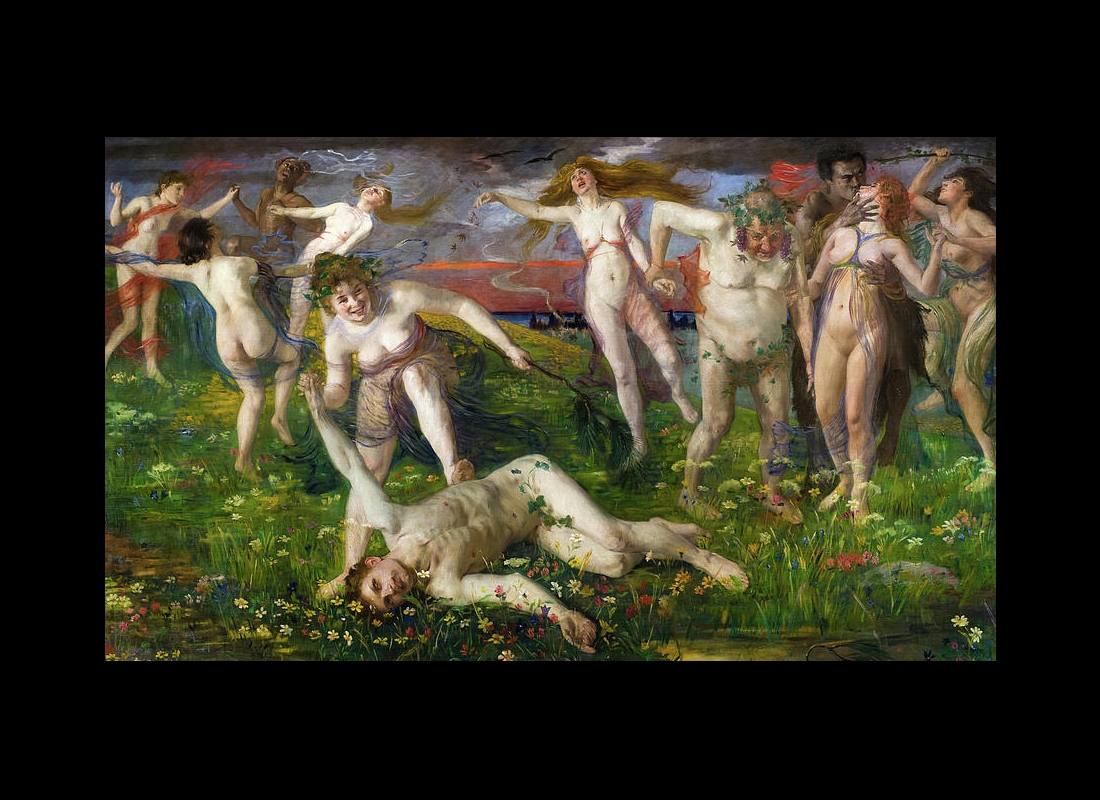The Great Awokening as a social mania
In prior essays on this site and elsewhere, I’ve argued that the spread of wokeness and its recent marked intensification (the “Great Awokening”) is best seen as a social contagion—of feelings and sociocultural ideas that broadly reflect women’s maternal instincts, and are much more transmissible among women than among men.
I’ve also suggested that wokeness is apt to be ultra-transmissible among females whose feminine, maternal energies aren’t absorbed by husbands and children and may seek another outlet. The terms “cat lady” and “wine aunt” refer to a subset of these individuals, but many unmarried girls and young women, as well as successful career women, also fit this description.
I’ve proposed, moreover, that wokeness is driven into institutions not just by the conversion of (especially female) workers already in place but also by the takeover of those institutions by women and tamed males, via biased hiring.
I’m more certain now than ever that all these hypotheses are correct, as far as they go. But I think there is one more aspect of wokeness that requires an explanation. I’m referring to what could be called wokeness’s spiraling frenzy—its tendency to move away from norms of belief and behavior and towards extremes, wherever it takes hold.
To put it another way: The woke women and their enablers who in the past decade or two have effectively taken control of virtually all major American institutions and professions have not been content to implement a modest set of reforms and leave it at that. As their power has grown, they have increasingly attacked the core values of Western civilization: everything from due process of law to meritocracy to the shielding of children from sexual deviants and predators. As their policies have become extreme, so have their methods. They have made it clear that they don’t want sober deliberations—they want emotional shock and awe!








One could argue that there is a counter-cultural logic to this movement—that it wants to collapse the existing order as completely as those hijacked planes collapsed the Twin Towers on 9/11.
But is the Great Awokening replacing the old culture with a new one that can bind society sustainably—a “successor ideology”?
Wokeness and the Great Awokening are driven chiefly by women, who have their own ways of thinking and persuading—ways that typically seem more emotional and less rational than men’s. So one might suppose that there is a genuine ideology being built here, albeit a feminine one that seems alien to the average male, and that the Great Awokening is just the final, dramatic dash in this “pink shift” takeover of Western culture.
However, to me, that’s not the full story. To me, the Great Awokening’s spiraling frenzy, and its attraction for people who are evidently mentally ill, suggest that it is for the most part only a temporary and reactive social phenomenon: a social “mania.”
Logic and Madness
As many have noted, the Great Awokening bears a strong resemblance to the Chinese Cultural Revolution of 1966-76.
The CCR’s spearpoints were cadres of “Red Guard” fanatics, young people (even teens) whose instability and restlessness, suggestibility, and high susceptibility to fanaticism were probably comparable to what one finds in today’s millennial Antifa brigades. These howling Maoist minions sought the erasure of whatever competed with Maoism, which in practice meant just about anything predating Maoist China—history books, art, architecture, temples, even genealogical records. Red Guards and their camp followers toppled statues of Confucius, pasted huge banners with their slogans everywhere, and went around attacking intellectuals or anyone even lightly connected to the teaching of pre-Maoist history or philosophy.

That was the counter-cultural logic part of it. But there was also the crazypants part—shocking, obscene, savage stuff, ultimately including murder and even cannibalism.
At some high schools, students killed their principals in the school courtyard and then cooked and ate the bodies to celebrate a triumph over “counterrevolutionaries” … Government-run cafeterias are said to have displayed bodies dangling on meat hooks and to have served human flesh to employees. [NYT]
Not content with attacking living reminders of the old China, Red Guards also broke into cemeteries and dug up the skeletal remains of ancient Chinese emperors and nobles, desecrating them and denouncing the persons these remains had once been.
Other examples of these social frenzies come to mind. In some of the pre-Christian feasts of Rome and northern Europe, open drunkenness and debauchery, and various other intentionally shocking inversions of everyday social norms, were encouraged, at least in part as cathartic but controlled ventings of accumulated stress. (Modern parties, especially the ones teens and young adults have, seem like echoes of these displays.) As Samuel Johnson famously said, “He who makes a beast of himself gets rid of the pain of being a man.”
Or a woman. The infamous convent hysterias of 1500s-1700s Europe supply many illustrations of spiraling frenzies among women, especially sexually frustrated younger ones. In the 1632-34 Loudoun case, for example, at a public exorcism of supposedly demon-possessed Ursuline nuns, a Sister Claire “fell on the ground, blaspheming, in convulsions, lifting up her petticoats and chemise, displaying her privy parts without any shame, and uttering filthy words. Her gestures became so indecent that the audience averted its eyes.” [link]
Sexual themes dominated the antics of “possessed” nuns, although there were maternal—or inverted maternal—themes too, for example claims of mystical pregnancy, and stories of secret witch conclaves (“witches’ sabbaths”) at which children were eaten.
Themes of sexual violation and impregnation, theft or killing of unborn babies, and witchcraft, along with the same spiraling of fantastic claims and odd behavior, were also typical in the medicalized versions of possession—”multiple personality disorder” and “UFO abduction”—that were popular among young women in the 1970-90s, and ended up discrediting many therapists and psychiatrists, as well as the whole idea of “hypnotically recovered memories.”
To me, these are examples of social manias—not just contagions (for even healthy, sustainable behaviors can be contagious) but contagions that spread intense and increasingly bizarre, often counter-cultural activities, and are essentially reactions to excessive stress.
A holiday from stress and inhibition
As the comment by Dr. Johnson implies, human beings in modern civilizations are inhibited and stressed by the social rules they are supposed to obey and the complex social environments they are supposed to navigate—the “pain of being a man.”
It makes sense that women nowadays would be relatively hard-hit by such stresses. Women’s basic lifestyle has shifted dramatically—much more than men’s has—over the past few generations. Women during this interval generally have had to face new stresses from:
-
- higher education and the pressures at higher levels of the working world;
- the postponement or abandonment of marriage and child-bearing;
- a new (or newly de-civilized) courtship environment in which their natural desire for love and motherhood is taken advantage of again and again without being fulfilled.
All the while, women have been told (by the most authoritative sources, including Hollywood and feminist activists) that these changes represent “progress” and must not be resisted.

Women also, compared to men, appear to have an innately greater desire for “equality” and social harmony. Yet these lofty, sentimental social goals, during the same critical period, have slipped—frustratingly—further and further out of reach, as the West has intensified its effort to remake itself as a highly multi-racial/ethnic civilization.
In addition to having to face these new stresses, women are (on average) more emotionally sensitive than men, and thus are apt to be more affected by the same stressors.
Small wonder, then, that a very large proportion of women and girls in Western societies can now expect to be diagnosed with a mood or anxiety disorder. It probably also should be unsurprising that the essentially feminine notion of “trauma”—a highly stressing psychological injury—has now taken on an outsized role not only in Western medicine but also in the wider culture.
On the whole, then, the recent changes in the standard female lifeway, and the demographic makeovers of Western societies, have created a large and chronic background level of stress for women. But the severe emotional contagion of the Great Awokening was triggered only after additional, more acute stressors appeared in the first half of 2020: the pandemic with its lockdowns, social isolation, and widespread fears of illness/death; and then the inflammatory treatment—by left-leaning media, activists, and politicians—of various police killings of miscreant African Americans.

Thus I think one can fairly easily fit the Great Awokening into the broader category of stress-induced, stress-relieving social manias. Amid the furious revels of such manias, inhibitions are necessarily going to be relaxed (for some more than others, of course) and people who were relatively labile, even frankly nuts, to begin with will also be drawn in, given the camouflage these frenzies provide for their behavioral issues.
The function of boundary-pushing
A social mania—one that is true to the concept of mania—cannot run forever. It must end by depleting its energy source or by inducing resistance, just as an individual with psychiatric mania will become exhausted after many days without adequate sleep, and/or will cause herself to be hospitalized and treated by exhibiting increasingly abnormal behavior. If a social mania’s deep purpose is to relieve accumulated social pressures, then its tendency to be ever more immoderate might even be seen as functional—in the sense that the spiraling further and further away from social norms serves to reduce support and induce opposition, thus limiting the damage while allowing the requisite venting of steam. To put it crudely, a social mania with its spiraling frenzy is a societal “cry for help.”
This is all speculative. It’s also a group-level, forest-not-the-trees view that people with an ordinary individualistic bias might find hard to wrap their heads around. But it’s a novel take that I (obviously) think should be considered. On the whole, it suggests that the Great Awokening should interest us less as a new cultural movement, and more as a signal indicating deep problems with the existing culture and society. In other words, it’s a social version of a seismic tremor, or even earthquake, and its intensity and direction of slip are interesting mainly for what they tell us about the underlying stresses at work—stresses that are unbearable and thus have be relieved, in one way or another.
***

